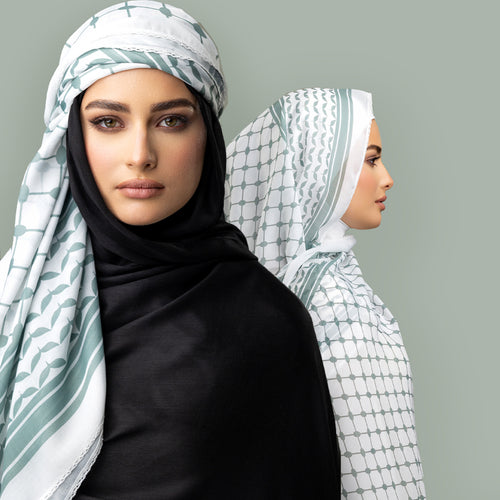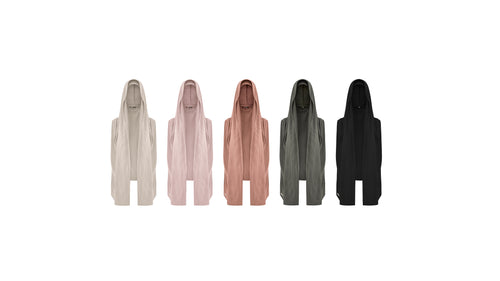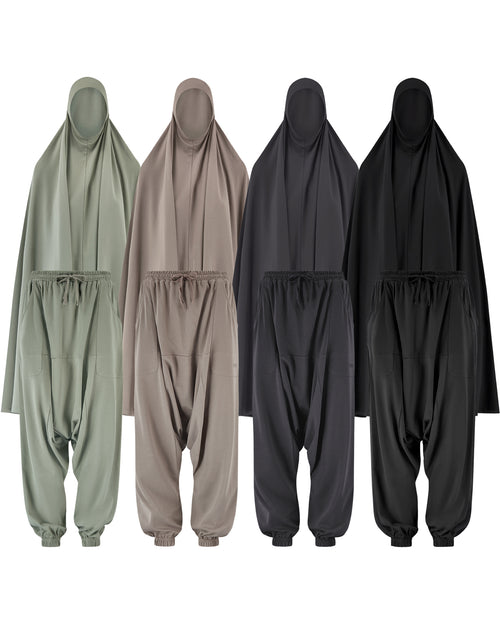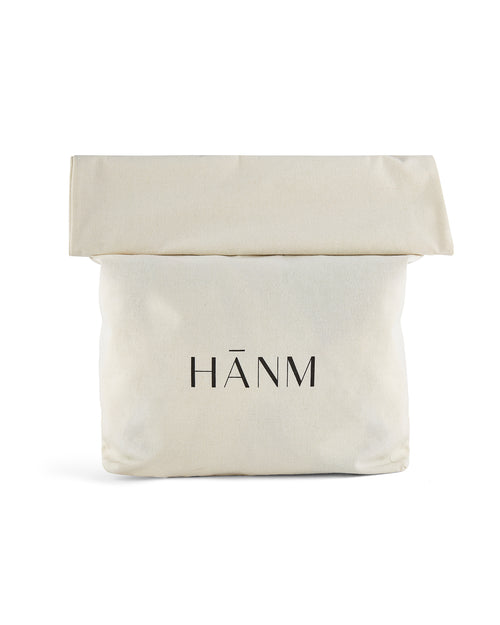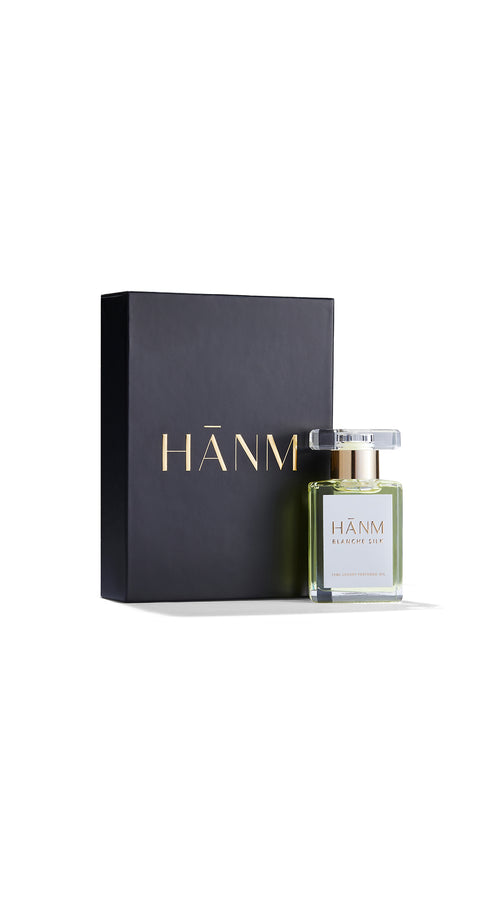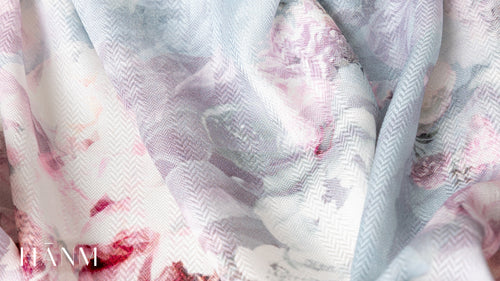
The weaving of natural fabrics involves interlacing two sets of yarns, the warp yarns (vertical) and the weft yarns (horizontal), to create a fabric. However, there are several techniques used in the weaving process.
1. Plain Weave: This is the simplest and most common weaving technique. In plain weave, each weft yarn passes alternately over and under each warp yarn. It creates a balanced, strong, and durable fabric with a checkerboard-like appearance. This can be found in many of our collections such as Premium Modal and Lenzing™ Modal to name a few. It most appropriate for hijab and providing durability for our customers.
2. Twill Weave: Twill weave produces a diagonal pattern on the fabric. It is created by passing the weft yarn over a certain number of warp yarns, then under a certain number, and repeating the sequence. Twill weave is often used for fabrics like denim, gabardine, and herringbone but most importantly, our cosy, cloud-soft Modal Twill collection.
3. Satin Weave: Satin weave produces a smooth and lustrous fabric. It involves passing the weft yarn over several warp yarns and then under one warp yarn, creating long floats on the fabric surface. Satin weave is commonly used for silk, satin, and some synthetic fabrics. As a sustainable brand, you can find satin weaves in our Silk Modal and Lyocell collections.
4. Jacquard Weave: Jacquard weave is a more complex technique that allows for intricate patterns and designs. It uses a special loom called a Jacquard loom, which controls each individual warp yarn independently. Jacquard weave is used to create fabrics with complex patterns, such as brocade and damask.
5. Dobby Weave: Dobby weave is similar to Jacquard weave but on a smaller scale. It uses a dobby attachment on the loom to control a small number of warp yarns. Dobby weave is often used to create small geometric patterns and textures on the fabric.
6. Leno Weave: Leno weave is used to create an open and mesh-like fabric. It involves twisting adjacent warp yarns around each other, with the weft yarn passing between the twisted pairs. Leno weave is commonly used for fabrics like mosquito nets and mesh bags.

These weaving techniques can be combined or modified to create countless variations and patterns in natural fabrics. Our skilled weavers manipulate the loom, yarn tension, and weave structure to achieve the desired texture, drape, strength, and appearance of the fabric. This results in the many beautiful fabrics used in our designs and hijab collections.
